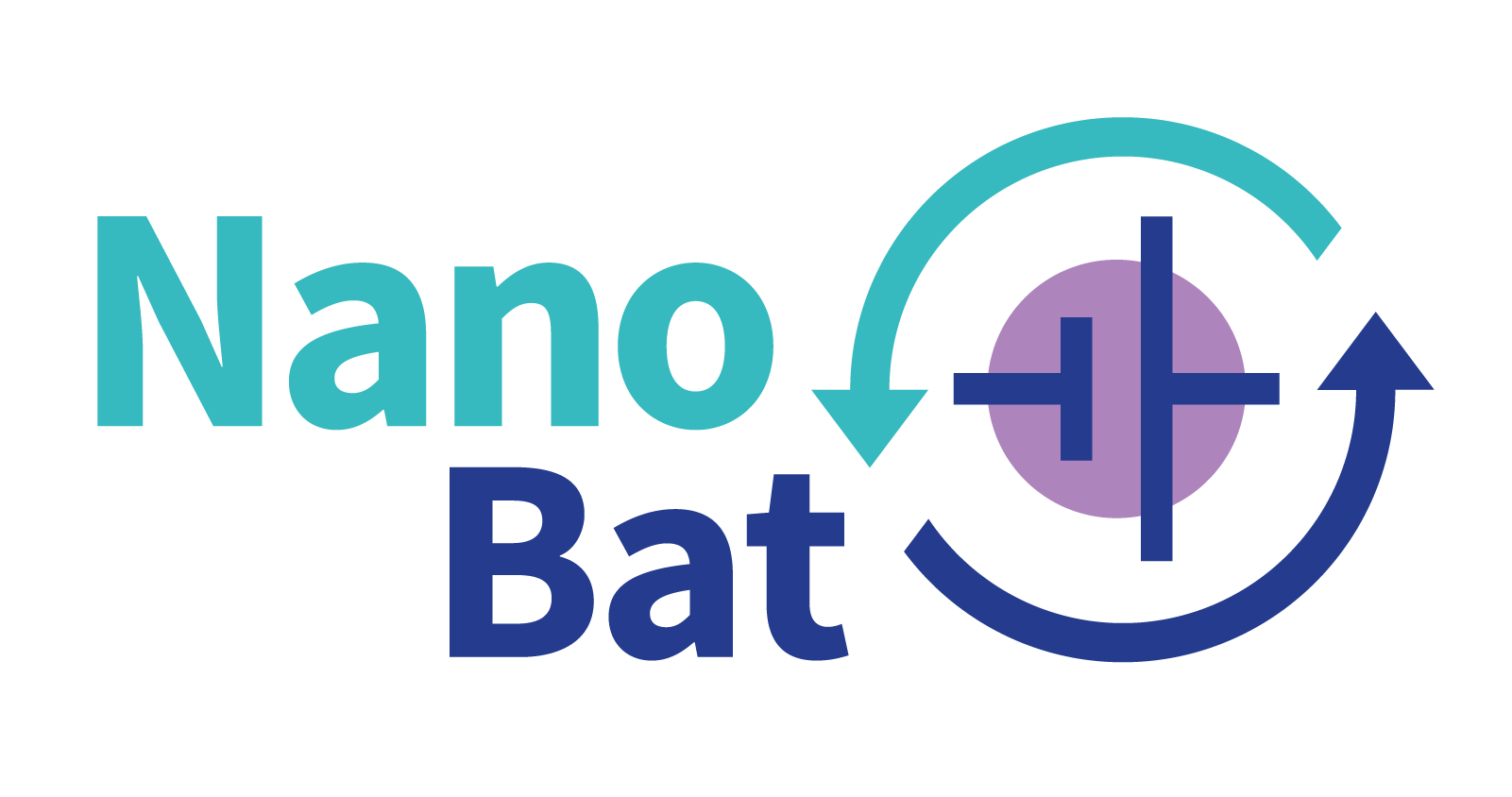
NanoBat
GHz nanoscale electrical and dielectric measurements
of the solid-electrolyte interphase
and applications in the battery manufacturing line
of the solid-electrolyte interphase
and applications in the battery manufacturing line
SPDR and SiPDR resonators examples
The split-post dielectric-resonators (SPDR) are intended for the contactless measurements of the complex permittivity of laminar dielectric materials including LTCC substrates, but also thin ferroelectric films deposited on low loss dielectric substrates. SPDRs and SiPDRs can be used for the measurements of the surface resistance and conductivity of various conducting materials such as commercial resistive layers, thin conductive polymer films or high resistivity semiconductors. The SPDR technique is applicable to high-resistivity semiconductors having the resistivity from 100 Ω•cm to 10 000 Ω•cm. When materials with lower resistivity need to be measured, single-post dielectric-resonator (SiPDR) is used, whose sensitivity range is from 10-5 Ω•cm to 100 Ω•cm. For this reason, it is used to study metamaterials as well as semiconductor wafers. The combination of both measurement methods allows for a large range of absolute resistivity determination. These techniques allow resistivity mapping and measurements of material properties versus temperature.
The above resonators were designed in QW-Modeller software freely available as examples. In both models there are no samples placed. Using the latest version of the QuickWave simulator, the Direct Fourier Transforms of the signals at the ports have been calculated in post-processing called S-Parameters. From these results the S21 parameter was selected from which the maximum was determined. At this point the 3dB bandwidth on the decibel scale was calculated and shown. The results obtained from QuickWave have been compared with Vector Network Analyzer (VNA) and are in agreement with each other.
The above resonators were designed in QW-Modeller software freely available as examples. In both models there are no samples placed. Using the latest version of the QuickWave simulator, the Direct Fourier Transforms of the signals at the ports have been calculated in post-processing called S-Parameters. From these results the S21 parameter was selected from which the maximum was determined. At this point the 3dB bandwidth on the decibel scale was calculated and shown. The results obtained from QuickWave have been compared with Vector Network Analyzer (VNA) and are in agreement with each other.


The NanoBat project has received funding from the European Union's Horizon 2020 research and innovation programme under grant agreement No 861962.
